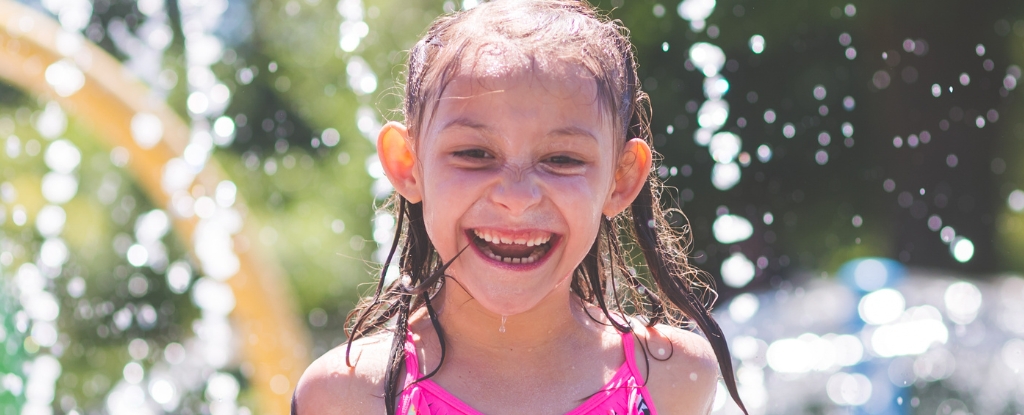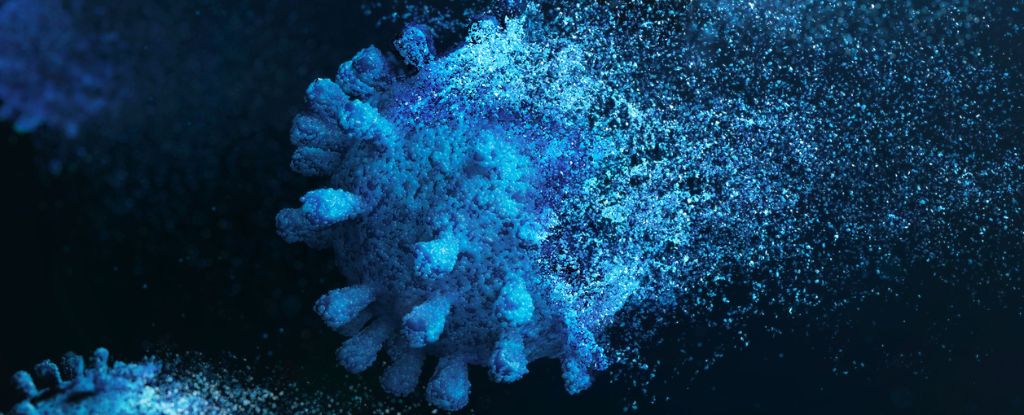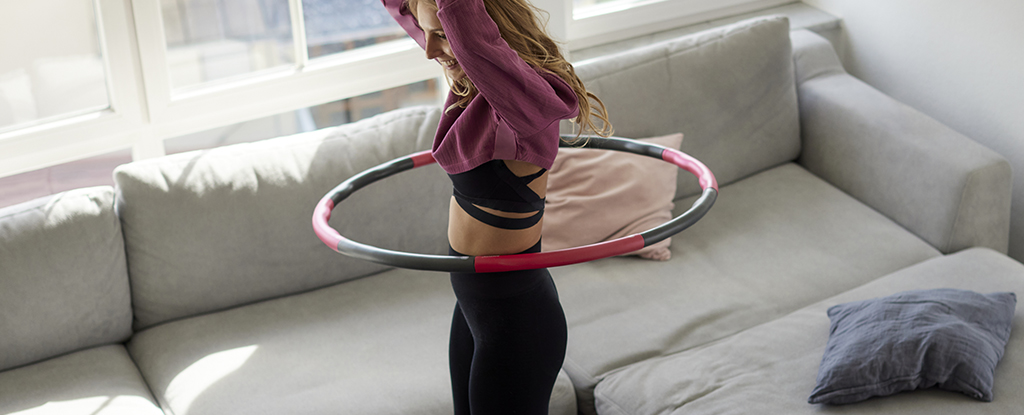Public splash pads are popular attractions in many parks around the world, giving families with small children a cheap way to keep cool in the scorching heat without the risk of drowning.
Unfortunately, a new CDC report has found that in the US, they’ve been the source of at least 60 waterborne disease outbreaks since 1997, in spite of the measures taken to keep their water clean.
The reality is that when you mix bottoms with water, fecal matter is bound to spread into the environment. That’s especially true if the main patrons are wearing diapers, which is the case for splash pads, which with their minimal drowning risk are designed primarily for children under the age of five.
“Young children also are less likely to have mastered toileting and hygiene skills, and swim diapers do not prevent fecal contamination of recreational water,” the report states.
“Sitting or standing on top of water jets and wearing diapers or swim diapers are behaviors commonly observed in children playing in splash pads. The former behavior results in rinsing of diapers or perianal surfaces, which in young children can carry as much as 10 g of feces.”
The main solution to biological contamination involves filtration and a dose of chlorine. These are already common practices across many US splash pads, yet the report found a proverbial hole in this chemical gate, through which Cryptosporidium – a genus of parasitic protists that causes respiratory and gastrointestinal illness – can sneak.
“Because children typically ingest more recreational water than adults and have been commonly observed to place their open mouths on sprayed or jetted water, children are at increased risk for exposure to pathogens in contaminated splash pad water,” the report notes.
The report draws on data spanning splash pad outbreaks reported by public officials between 1997 and 2022, in Puerto Rico and 23 states. Overall, these outbreaks put 152 people in hospital, sent 99 people to the emergency department, and made 10,611 people sick. Thankfully, no deaths occurred in any of these cases.
More than two-thirds of the outbreaks were caused by Cryptosporidium. This one little parasite was responsible for 91 percent of all cases of waterborne illness reported in this study, and 81 percent of all hospitalizations.
The CDC report suggests that in lieu of a chemical solution for Cryptosporidium, a set of clear recommended user behaviors together with more frequent water testing could help prevent future outbreaks.
These include;
- not getting in the water if ill with diarrhea until two weeks after it has stopped
- not swallowing the water
- taking young children on bathroom breaks or checking diapers or swim diapers every hour, and, if needed, changing them away from the water
- not standing or sitting above the splash pad jets.
Splash pads are not only a sure-fire way to get kids having some much-needed active outdoor fun, but also help families cope with climate change on a budget, especially those in marginalized communities and poorer areas.
With these measures, we can all safely enjoy a good old-fashioned splash for many summers to come.
The research is published in the CDC’s Morbidity and Mortality Weekly Report.





